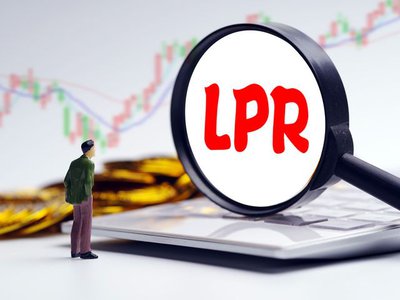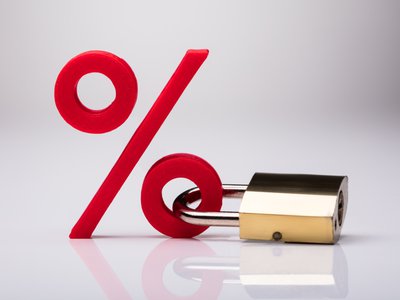China's biggest lenders reported quarterly revenues this month, the very first given that the viral break out shuttered huge swathes of the economy. The supply of non-performing car loans increased for all of them-- some more than others-- yet complete lendings rose, also. As a percentage, NPLs were generally flat. Breakdowns on types of souring lendings were sporadic, leaving capitalists with few ideas about the actual state of points.
A closer consider their existing finance books, nevertheless, recommends there's more pain ahead. A 3rd of Chinese bank loaning mosts likely to individual car loans with no collateral, charge card, exclusive companies and also medium-size or little business. These customers make up 77% of non-performing loans. They also often tend to be the weakest in a situation, and also stand to lose most in the Covid-19 aftermath.
As exports as well as global need subside, personal producers will certainly see their incomes washed out. Over the next 12 months, around 2.5 trillion yuan ($353.1 billion) of brand-new non-performing financings will certainly be produced in China's financial system, according to CLSA Ltd. Employees and proprietors will certainly feel the pain and also household earnings will certainly be struck, deteriorating non-mortgage consumer debt. Given, business have actually been obtaining life lines from Beijing, simply enough to keep points afloat while banks obtain approval to forbear. The image will be muddy for a while.
Ping An Bank Co.'s retail non-performing car loans, which consist of mortgages, climbed 59% in the quarter from a year previously, according to Goldman Sachs Group Inc. Writing off retail lendings will be a large challenge, yet rolling over millions of troubled car loans will certainly be tough, too.
There's the question of what gets recognized as soured debt. Regulatory authorities have been pressing loan providers to go easy on repayments and also roll over lendings. That suggests a piece will be scheduled in groups like overdue, rescheduled as well as special reference lendings prior to they are declared as non-performing properties. These borrowings often sit under these classifications for a very long time even if they have spoiled. Making use of a broader interpretation that includes these collections, NPLs are better to 2.5 trillion yuan than the 1.5 trillion yuan in the economic records of all 49 provided financial institutions, according to Rhodium Group estimates. That was before the infection. At the same time, non listed banks were currently reporting NPL ratios close to 10%.
Banks will have to reserve funds for this. Rhodium Group approximates that an additional 1 trillion yuan of NPLs would need 1.5 trillion yuan of stipulations. That would eliminate half the financial system's yearly revenue as well as wear down capital.
No wonder, then, financial institutions have hurried to increase billions of funding in recent weeks via additional as well as continuous tier 1 funding bonds. The damage will start to put stress on banks to boost profits. That's an unsafe area to be.
Stipulations for loan losses hardly raised at most huge lending institutions in the very first quarter. Under accounting regulations embraced last year, such a barrier is supposed to be based on expected losses prior to actual ones show up. It's unclear what these lenders are preparing for yet it doesn't resemble enough. Investors must take notice.
The stock of non-performing car loans increased for all of them-- some more than others-- however total finances went up, too. A third of Chinese financial institution lending goes to individual finances without any security, credit report cards, exclusive firms and medium-size or tiny enterprises. Over the next 12 months, around 2.5 trillion yuan ($353.1 billion) of new non-performing financings will be created in China's financial system, according to CLSA Ltd. Ping An Bank Co.'s retail non-performing lendings, which consist of home mortgages, climbed 59% in the quarter from a year earlier, according to Goldman Sachs Group Inc. Writing off retail financings will be a big challenge, yet rolling over millions of distressed lendings will certainly be too difficult.






